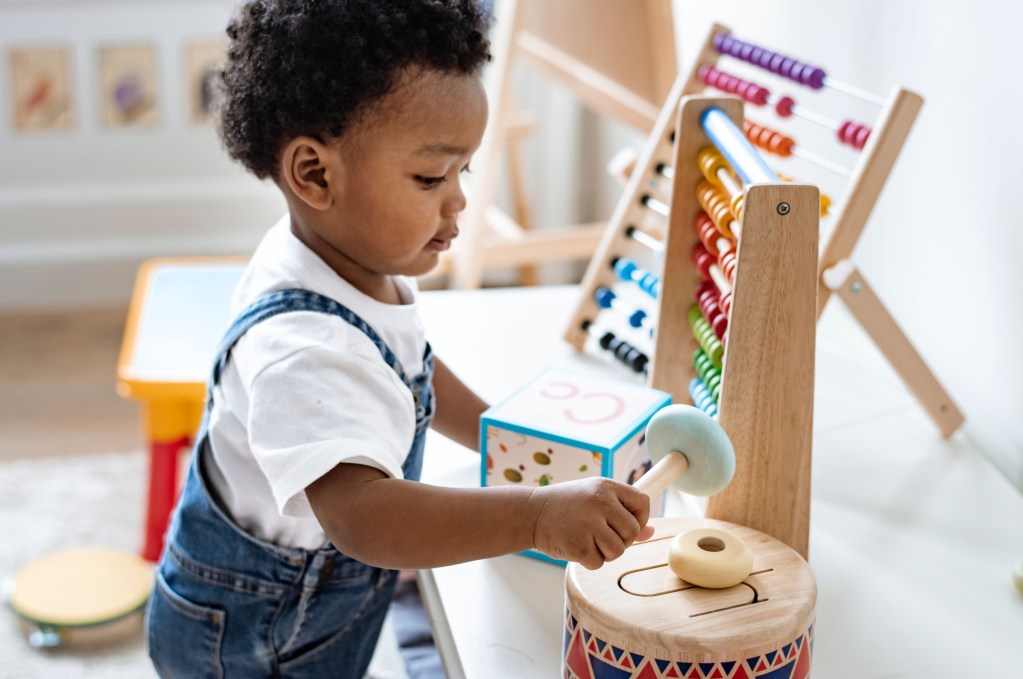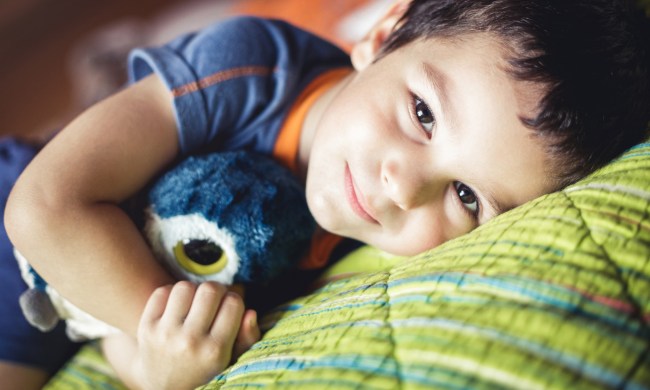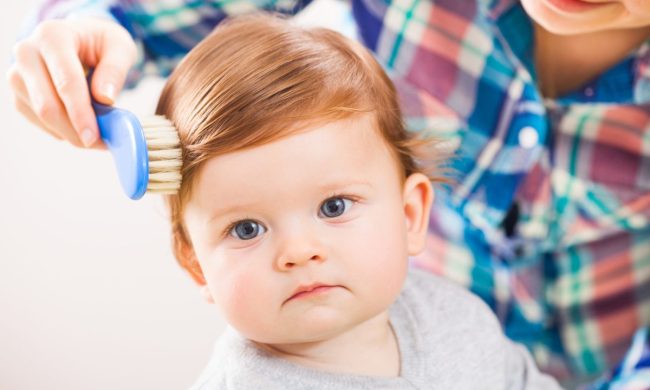
Autism spectrum disorder, or ASD, is an umbrella term for a group of neurological and developmental disorders that cause problems in communication, social interaction, and intellectual development, among other areas. According to the National Autism Association, ASD affects 1 in 44 children in the United States. Although every ASD diagnosis is different, most cases are identified before a child’s third birthday. It’s a lifelong condition with no cure, so receiving an Autism diagnosis can be scary for a toddler’s parents and caretakers to receive.
ASD has many well-established warning signs for toddlers, including slower-than-average speech development. The challenge arises because these behaviors often have any number of possible causes, some of which are not medically out of the ordinary.
How do parents of toddlers know when to be concerned about autism spectrum disorder and when to chalk it up to normal variation? We have more information on how to tell the differences, but as always, talk to your pediatrician if you have questions about your toddler’s behavior. There is no substitute for a doctor’s assessment of your child and their unique needs.

ASD: A quick overview for parents of toddlers
ASD’s prevalence is on the rise. An analysis earlier this year in Autism Research found that 100 of every 10,000 children around the world have an ASD diagnosis, which is up from 62 out of every 10,000 just a decade ago. Autism is four times more common in boys than girls. About 40% of children with ASD don’t speak and half have a borderline or full-blown learning disability.
Although there’s no cure for ASD, symptoms can improve over time, especially with early intervention and treatment. If you believe your child may have ASD, talk to your pediatrician or the pediatric department of your local hospital. If needed, they can put you in touch with ASD care and support services designed specifically for very young children and their families.

Autism or typical? How to tell in toddlers
According to the American Academy of Pediatrics (APA), speech and developmental delays are exceedingly common, with language delays — the most common form of developmental delays — affecting one out of every five children in the U.S. They’re often nothing to worry about, but in some cases, they could indicate the presence of ASD in your toddler.
The APA has identified some of the most frequent signs that your toddler may be outside the typical spectrum and could be autistic. If your child is displaying any of these behaviors, it might be a good idea to bring your pediatrician into the conversation.
- Not using single words by 15 months or two-word phrases by 24 months.
- Language skills may regress (get worse) between 15 and 24 months.
- Shows little or no interest in communicating.
- Less likely to point at things they need.
- Parroting words or phrases without understanding their meaning.
- Doesn’t respond when someone calls their name but responds normally to other sounds.
- Rocks, spins, sways, walks on toes, flaps hands, or performs repetitive tasks.
- Has difficulty transitioning from one activity to another.
- May be very sensitive or insensitive to lights, sounds, smells, touch, and other sensory stimuli.

What to do if you have concerns
It can be easy for parents to ring the alarm bell when they notice their child exhibiting certain characteristics or traits that may be often associated with autism. It’s important to remember that just because your baby or toddler has exhibited some signs of autism that doesn’t necessarily mean they have ASD. However, if you are concerned that your toddler may have autism it’s important to reach out to your pediatrician to have them properly evaluated. They will use screening tools to determine if your child has ASD, and if so, help you determine the interventions necessary to help your child.
It’s a parent’s job to worry, but when it comes to autism, moms, dads, and other caretakers can be on the lookout for warning signs without becoming overly concerned. Keep an eye on it and trust your instincts. Toddlers and other very young children develop along widely different trajectories. Understanding what’s considered normal for the age and what might be a sign of ASD will help put unneeded fears to rest while helping you react more quickly and efficiently when something of real concern arises.



